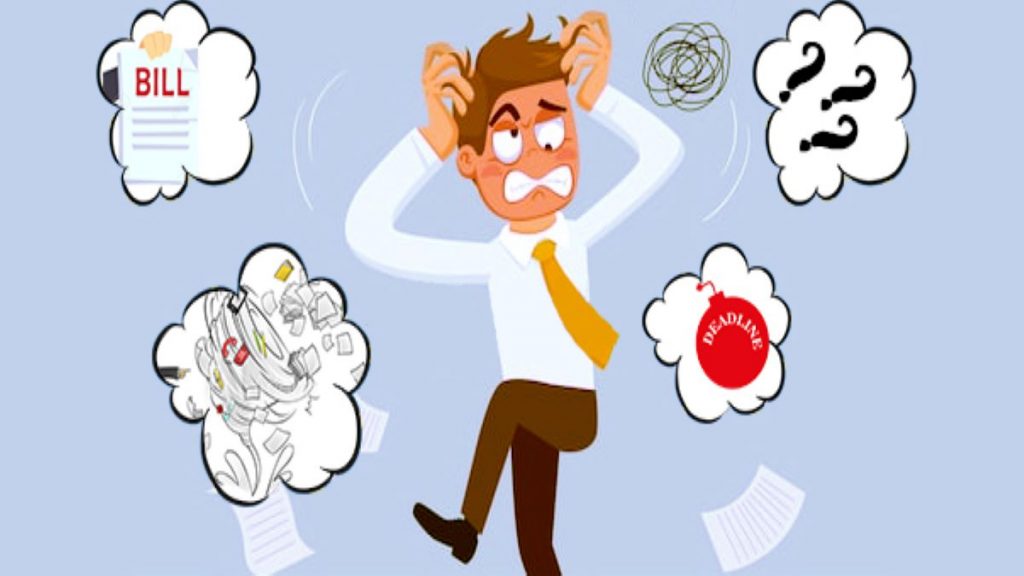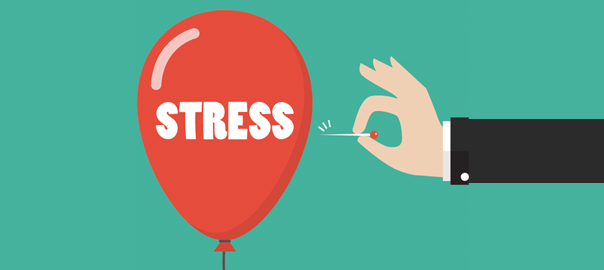Medically reviewed by Dr. Muhammad Ashraf Shera.
If you encounter a lion on your way to work or if a grizzly bear is coming after you; your body tends to react instinctively. The anxiety kicks in. Your heart paces up, your breathing becomes heavier, your hands ball up into tight fits, your face drenches in sweat and your legs tremble with fear. This is a possible response expected in any such life-threatening situation. This is your body preparing you for a possible fight and flight situation.

However, if this reaction becomes a norm even to the situations with no dangerous potential, life turns into massive chaos.
Panic Disorder is a condition in which the sufferer experiences sudden and repeated attacks of anxiety, coupled with a surge of physical symptoms that may last for several minutes to hours. These are called Panic attacks.

An elephant sitting on your chest
When a panic attack occurs, every part of your body is in overdrive; your mind, your fears, your heartbeat, and your breathing. Except, there are no brake pedals and you have to course through it until it eventually stops.

These attacks are usually confused with a heart attack by the bystanders. Patients may experience palpitations, nausea, shortness of breath, choking sensation and chest pain. There are feelings of impending doom, loss of touch with reality and an urge to flee the situation. Constant fear of disaster or of losing control even in the absence of no danger is a highlight of the attack.

Attacks can happen anytime but a key feature of a panic disorder is that a fear of an attack can trigger a new one. Even post attack, the victims feel constant worry. As a result, they are likely to avoid situations or places where they had a previous attack, to an extent that it may affect their everyday life.
Not every panic attack is a panic disorder – Learn the difference
Panic attacks when they become frequent and occur without any reason may be diagnosed as Panic disorders according to DSM-5 (the Diagnostic and Statistical Manual of Mental Disorders) criteria.
It is common for people with anxiety disorders or phobias to have panic attacks but that is not a panic disorder. For instance; people who are scared of dogs might experience a panic attack whenever they are near a dog. In this case, however, the attack is expected and results because the person fears the dog, not the panic attack.

Take control
Panic disorders cannot be treated fully but adequate treatment can reduce the frequency and the intensity of panic attacks, thereby improve the everyday functioning of the panic-struck individuals.
The treatment plan usually includes:
- Talk therapy (Psychotherapy) – this is usually the first choice of treatment. In this, the therapist helps the victim in re-creating the symptoms in a safe way repeatedly, until they no longer feel life-threatening.
- Medication – Sometimes the panic attacks are so severe and frequent that they can only be brought under control by using medication. SSRIs and Benzodiazepines are commonly used medication.

In conclusion
It is no secret that panic attacks can be devastating. If a loved one is suffering from recurrent panic attacks, you can help ease their suffering by being more understanding and empathetic. Most importantly, give them support, love and acceptance – these play a huge part in some one’s recovery. So help them recover.
Guest Post Credit: Dr. Tooba Irfan






